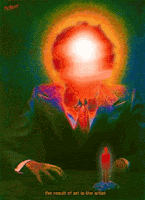Horror films have existed for more than a century. Early inspirations from before the development of film include folklore, religious beliefs and superstitions of different cultures, and the Gothic and horror literature From origins in silent films and German Expressionism, horror only became a codified genre after the release of Dracula (1931). Many sub-genres emerged in subsequent decades, including body horror, comedy horror, slasher films, supernatural horror and psychological horror. The genre has been produced worldwide, varying in content and style between regions















































